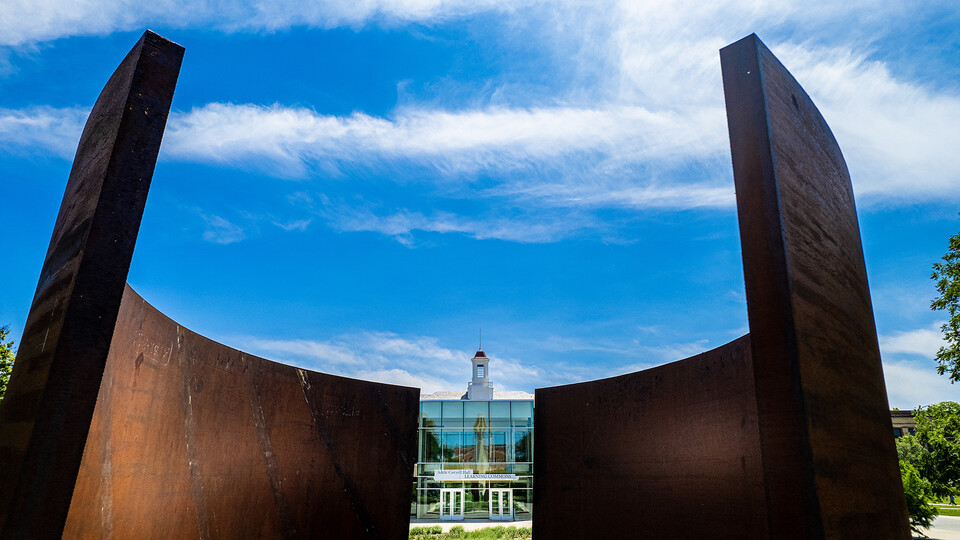
Ross Secord, associate professor of Earth and atmospheric sciences, and colleagues at the University of Cincinnati and University of Michigan used a geochemical process on a tusk to determine the migration patterns of the Buesching mastodon, discovered near Fort Wayne, Indiana, in 1998. Stories on the research appeared in Discover and several other media outlets.
• • •
Kate Lyons, assistant professor of biological sciences at Nebraska, was interviewed for a June 22 Atlantic article on the study. She discussed the extinctions of large mammals caused by the arrival of humans. MSN.com picked up the story.
• • •
The Washington Informer published a June 2 article on “The Bell Affair,” the latest film from Kwakiutl Dreher, English; William G. Thomas III, history; and Michael Burton, art and design. The film, which chronicles an enslaved family’s fight for freedom, made its public premiere June 2.
• • •
Noori Choi, a recent doctoral graduate; Eileen Hebets, biological sciences; and colleagues have found that females of the Schizocosa stidulans spider seem to reward males that produce more complex mating signals. Stories on the research appeared in the Daily Mail, Earth.com, the Independent, Live Science, ScienceAlert and Yahoo! News.
• • •
A study by Eileen Hebets; Steven Schwartz, a former doctoral student; and William Wagner Jr., professor emeritus of biological sciences, was highlighted in a June 4 Wall Street Journal article titled “Solving the evolutionary mystery of cannibal spiders.” The researchers discovered that female dark fishing spiders that devoured their mates produced spiderlings that were nearly 20% larger and survived about 50% longer. When a female instead dined on a cricket after copulation, the effect disappeared.
• • •
Patrice McMahon, political science, director of the University Honors Program, wrote a June 10 piece for The Conversation titled “What ‘grassroots humanitiarian’ eager to travel to Ukraine or its borders should know before dashing off.” It was picked up by 20-plus media outlets, including the Houston Chronicle and Yahoo! News.
• • •
Qi (Steve) Hu, Earth and atmospheric sciences, co-authored a recent study showing that desert climates have spread north by up to 62 miles in parts of central Asia since the 1980s. Nature published a June 16 article on the research.
• • •
In a recent study, Greg Somerville, School of Veterinary Medicine and Biomedical Sciences; Robert Powers, chemistry; and colleagues have shown that serum, a component of blood, can blunt the effectiveness of an antibiotic used to combat staph infection. Phys.org ran a June 17 article on the research.
• • •
Caleb Fangmeier, detector lab manager in the Department of Physics and Astronomy, was highlighted in a June 21 Symmetry article on young people who were inspired by the discovery of the Higgs boson to pursue careers in science and technology. As a student, he stayed up until 2 a.m. to tune in to the big announcement in 2012.
• • •
Dawn O. Braithwaite, professor emerita of communication studies, was a featured guest on the June 22 episode of KQED’s “San Francisco Forum” on chosen kin.
• • •
In a June 29 Roll Call article, John Hibbing, political science, offered analysis about Republican Mike Flood’s election to the uncompleted congressional term of Jeff Fortenberry, who resigned after being convicted of lying to authorities about illegal campaign contributions. Flood defeated Democrat Patty Pansing Brooks in a special election.


